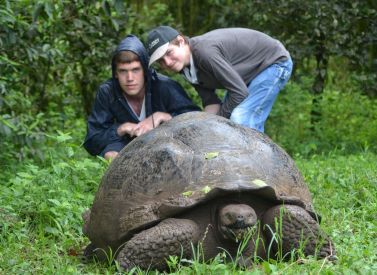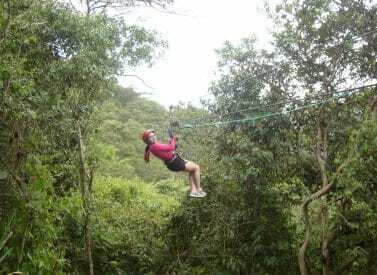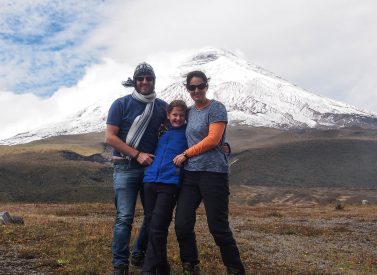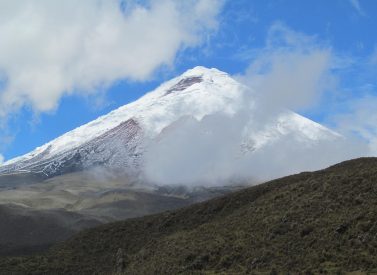
Lodge-to-Lodge 13-day Trekking Tour, Ecuador
Enjoy a wonderful trekking holiday, walking from hotel to hotel in Ecuador
Over 13 days, explore fabulous mountain areas of Ecuador in a small group of like minded trekkers.
This is one of the only multi-day treks in Ecuador where you do not sleep in tents, instead you have the luxury of a range of characterful accommodation in ideal locations.
The tour will take you through 3 of the most beautiful mountain regions of Ecuador: Cotopaxi, Quilotoa and Chimborazo. You will trek into Cotopaxi National Park, with up close views of the glacier covered peak of Cotopaxi right at the heart of the park.
On your walks you pass by spectacular waterfalls and follow beautiful valleys, staying at a variety of lodges, wonderful hotels and working haciendas along the way.
Read more about the fabulous lodge accommodation you’ll enjoy en route.
The vegetation changes from the humid Andean forests to the high altitude grasslands known as “paramo”. Humming birds and other brightly coloured tropical birds accompany you at lower elevations. As you go higher and walk through the grassland look out for wild horses, the Andean Condor, Black Chested Buzzard Eagles, Puna Ibis, and more.
Next is the hilly farming region of Quilotoa, where you visit the colourful market of Saquisili and walk round the deep blue crater lake of Quilotoa volcano.
The landscape here is stunning, a patchwork of fields across steep mountain sides, with deep gorged out valleys. The many mountain paths that criss-cross the area link together and are ideal for this multi-day trek. We see several remote villages and have the opportunity to chat to and learn about the traditions and working life of Ecuador’s rural people.
The last few trekking days are spent walking in the Chimborazo Reserve, home to Ecuador´s highest volcano, Chimborazo. The tour ends with a visit to Baños, then return to Quito.
Lodges, hotels and haciendas along the way
Ecuador is one of the best of all the Andean countries for multi-day trekking holidays as well as day walks. We have planned this route to include the best and most interesting places to stay, some historical, colonial haciendas, some local high mountain lodges, some beautiful hotels with views.
These haciendas are old colonial Spanish style farms. They have been adapted to accommodate tourists and visitors in some degree of comfort. Staying at the haciendas gives a good insight into farming life as most are still working farms, and also allow you to experience some excellent Ecuadorian hospitality.
Trip Highlights
Print Share Download as PDF-
Enjoy the comforts of Ecuador's highland haciendas and lodges
-
Visit Chimborazo Reserve
-
Hike through the remote volcanic region of Quilotoa
-
Visit the largest Indian market in Ecuador at Saquisili
-
Hike in magnificent Cotopaxi National Park
-
Get off the beaten track in Ecuador
-
Relax in the hot springs in Baños, at the foot of Tungurahua
We had an absolutely amazing trip and everything was perfect.
Highlights – there were loads of highlights. We loved Quito – especially the morning we went up the Teleferico. We could see for miles over the city to snow capped volcanoes beyond. Our Ecuador guide and driver were brilliant – Miguel and Memo. They went out or their way to make sure we saw as much as possible – we wouldn’t have seen or learned as much without them. We saw humming birds, toucans, tangers and more. The hotels were all excellent. We ate in some lovely restaurants and the guides picked some lovely places to stop for food.
I hope we benefited the local communities. We enjoyed our trips to the coffee plantation and the chocolate factory and certainly brought plenty of chocolate and coffee back with us. Everything worked out perfectly. We had a totally brilliant time. I think it is all still sinking in...
L. Keany, UK, Aug 2019
Full Itinerary
Day 1: Arrive in Quito, transfer to hotel
Arrive in Quito and transfer to your hotel in or near Quito.
Day 2: Walk the Pita river. Overnight at CotopaxiPungo Lodge (B, L,D)
We set off from Quito southwards and drive for about an hour (traffic dependent). We start hiking at the base of one of Ecuador’s many volcanoes, Pasachoa, at a small village known as Rumipamba.
Our walk today takes us through humid forest, alongside the Pita river. This is an astonishing area for wildlife with over 80 bird and 25 tree species. We cross the river and back, 11 times as we follow its course, arriving at the beautiful Condor Machai water fall.
After the walk we head to our first night’s accommodation at the beautiful colonial style Cotopaxipungo Lodge, located at 3,100m. This is a spa hotel, so time to relax, book yourself a massage, enjoy the hot pools, walk through the gardens, see the guinea pig farm and so on. The cooking is exceptional and views from the dining room, in good weather reveal many of Ecuador’s volcanoes.
Today’s hike will take around 5 hours.
Day 3: Walk through woodlands to Hacienda El Porvenir. Overnight at Hacienda el Porvenir or Hacienda Los Mortiños (B,L,D)
Today we set off hiking from the lodge, heading into the national park of Cotopaxi. The first part of the walk is in humid Andean forest full of humming birds and other brightly coloured tropical birds such as Tanagers.
As we walk to higher elevations, into the park, the habitat changes, and we enter as area of wide open paramo grasslands. We walk across the plains with expansive views now towards Cotopaxi volcano.
Our destination today is Hacienda el Porvenir, one of the largest working farms in Ecuador. It is a traditional group of buildings made from local materials such as brick, straw, wood and adobe that have been used for centuries. The hacienda has a hot pool and offers massage treatments, should you wish to book yourself in.
Surrounded by four volcanoes, Cotopaxi, Sincholagua, Pasachoa and Rumiñahui, we enjoy the superb hospitality of this remote highland Hacienda.
Today’s hike takes approximately 4-5 hours.
Day 4: Walk in Cotopaxi National Park. Overnight at Tambopaxi Lodge (B,L,D)
Today we walk across the plains of Cotopaxi National Park. We visit one of the few Inca sites in Ecuador, a hill fort named Pucará Salitre. This would have been a fort and lookout for the Incas from where they would control the transport of goods, the movements of armies and so on across their northern territories.
Look out today for wild horses, condors, eagles and other highland birds.
Tonight we will stay at Tambopaxi Lodge in the park, which has superb views in all directions.
Today’s hike will take approximately 4-5 hours
Day 5: Climb Rumiñahui peak. Overnight Tambopaxi Lodge. (B,L,D)
Today is one of the tougher walks as we aim to climb the central summit of Rumiñahui. This is a long extinct volcano, 13 km / 8 miles west of Cotopaxi. Rumiñahui is the name of one of the last of the Inca army leaders. He fought the Spanish invaders in 1530.
The hike is not technical, it is a four hour ascent with 2 hours or so to get back down. The path is rocky and there is a little easy scrambling towards the summit. O a good day the views from the summit, over the vast paramo grasslands towards Cotopaxi are unforgettable.
We return to the same accommodation and relax by the fire after a good day out.
Day 6: Saquisilí market, half day walk. Overnight at Llullu Llama Lodge(B,L,D)
Today we will drive to a new mountain area – Quilatoa.
We stop on the way at the traditional village of Saquisili. They hold the largest indigenous market in Ecuador. Most of the streets of this small town are taken up with produce stalls, each street specialising in a different product. Local people flock from all around to buy and sell their wares here.
We will drive to the start of our walk. As we are taking it easy today, we have panned a gentle downhill walk from Cerro Guingopana (4200 mts) for 3 hours or so to the small village of Insilivi.
We stay overnight in a guest house, Llullu Llama, or similar.
Day 7: Walking day. Overnight Hostal Mama Hilda. (B,L,D)
Today we set off walking from the small village of Insilivi, following a good path that leads down to the Cumbijin river. We follow the trails through small villages as it winds through this remote agricultural area. we pass farmers at work in their fields and herding their animals.
Our stop for the night is at the family run guesthouse of Mama Hilda. Doña Hilda and her son run this friendly welcoming guesthouse.
The hike today takes 5-6 hours. Overnight at Mama Hilda guesthouse or similar.
Day 8: Walk to Quilotoa. Overnight at Posada de Tigua. (B,L,D)
Today is a tough walking day as we ascend from Chugchilan to the rim of the crater of Quilotoa.
At the heart of the area is Ecuador’s most western volcano, Quilotoa, with its water filled crater 3km across and 11 km round. It is thought that Quilotoa has erupted at least 8 times in the last 200,000 years with the last known eruption in 1280. There are signs that the volcano isn’t extinct yet, hot springs on the crater’s eastern flank and fumaroles on the lake floor.
The hike down to the crater lake normally takes 40 minutes or so, and a bit longer on the way up.
This beautiful remote farming area is home to the indigenous Kichwa community of Tigua. The Tigua are well known throughout Ecuador for their colourful folk art: wooden carved masks and paintings of rural life. They are llama and sheep herders and paint onto sheep skins. The bright paintings are small in size with an amazing amount of detail; they generally depict farming life, beliefs, festivals, legends, and traditions.
The Tigua people have set up stalls around the rim of the crater where you will have an opportunity to admire and buy their leather Tigua paintings and carved wooden masks.
The night will be spent at Posada de Tigua or similar. Today´s hike will take 5 hours.
Day 9: Drive to Estrella del Chimborazo, afternoon walk. Overnight Chimborazo Lodge (B,L,D)
We start off today be vehicle to drive to the city of flowers and fruit, Ambato and onwards from there towards Chimborazo.
We will lace up our boots and do a short afternoon walk today.
We spend tonight at Chimborazo Lodge (3900m) at the base of Chimborazo. It is owned by Marco Cruz, who is one of the first first mountain guides in Ecuador. The hotel has a selection of old photographs that depict the history of Ecuadorian mountaineering.
Day 10: Chimborazo hike to Whymper Needles. Overnight at Hotel La Floresta (B,L,D)
Today we start with a short drive to the Carrel hut of Chimborazo at 4.800m. We walk to the Whymper hut (5,000m) on the mountain named after Edward Whymper (the British mountaineer who made the first ascent of Chimborazo) and continue to some rock sculptures known as the Whymper needles (5250 m). This is the highest point of our trekking trip.
Chimborazo’s summit looms above us.
We drive to our accommodation in the small town of Baños in the cloud forest.
Day 11: Explore local waterfalls and walks. Overnight in Baños (B,L,D)
We spend the day exploring the small town of Baños, and the forested area around it.
We will drive a short distance to where we can hike the route of the waterfalls. This is lush cloud forest with plenty o opportunity to see hummingbirds and enjoy the deep canyons carved by fast flowing rivers.
Night again in the town of Baños 1.900 m / 6,232 ft.
Day 12: Free morning, return to Quito. Overnight hotel (B, L)
Baños is a warm tropical town, home to many adventure activities, such as rafting and biking.
The town is nestled at the foot of Tungurahua volcano which has been active over the past few years..
We spend the morning visiting the hot springs and water falls.
In the afternoon we drive back to Quito, arriving in Quito around 1800.
Day 13: Breakfast and transfer out (B)
Your tour ends after breakfast today.
Prices From $2,360 / £1,919 per person
What's Included?
All transport by private vehicles during the programme, support vehicle to transport bags, an expert English speaking guide, all accommodation in double shared room basis (depending on availability), all food on the trek, only breakfast in Quito, permits and park fees.
What's Not Included?
International flights, travel insurance, airport transfers, lunch and dinner while in Quito, alcoholic drinks, extras, laundry, tips
Accommodation
We use a variety of fabulous lodges, haciendas (working farms) and friendly locally owned guesthouses and hotels for this trip, with en-suite bathrooms when available.
Read more about the fabulous lodge accommodation you’ll enjoy en route.
Tour Staff
Our specially selected guides are great with kids and adults alike, and will help to bring the area alive for everyone.
All of our guides are qualified in first aid and speak English and will answer your questions and interact with the locals you meet.
Training is a vital investment in our guides to ensure the security and safety of all our trips and is ongoing.
Meals
All hotels/lodges included breakfast, these will feature juices, hot drinks, toasts, fruits, cereals and eggs.
Many lunches are included, usually a healthy box lunch.
Please let us know if you have any special dietary requests or food allergies, we can cater for almost all requirements with advance notice.
Activity Level
This itinerary is medium level walking and suitable for good walkers.
However, that said, it does take place at altitude and this can affect people in different ways so it is best to take a day or two in Quito on arrival, take it easy on arrival and make sure that you are aware of the symptoms of altitude sickness.
Practical Information
ATOL holiday protection
Andean Trails has 25 years of experience of putting together the best South America holidays.
We pay a fee to the CAA for every licensable passenger we book since we hold an Air Travel Organiser’s Licence granted by the Civil Aviation Authority. In the unlikely event of our insolvency, the CAA will ensure that you are not stranded abroad and will arrange to refund any money you have paid to us for an advance booking.
We also offer ATOL (Civil Aviation Authority) protected holidays to give our customers peace of mind when booking and travelling.
When you buy an ATOL protected air holiday package from Andean Trails Ltd you will receive a Confirmation Invoice from us confirming your arrangements and your protection under our Air Travel Organiser’s Licence number 6275.
You can read more about ATOL, who is covered and what protections you have if not ATOL-covered, on our ATOL page.
What is ATOL?
The CAA’s ATOL scheme offers protection to your money and your holiday if you book with us. Not everybody is covered (see ‘Who is covered?’ for more), as you must purchase an ‘air package holiday’ with Andean Trails to be protected.
And ‘air package holiday’ is defined as including a flight and some ground services (hotel, transfer, trek etc). This is also known as an ‘ATOL-protected holiday’.
Who is covered?
To be covered by ATOL, you must book a flight and some ground services with us and be from the UK. If you are from the UK and only book ground services and no flights, you are not covered by ATOL (see below for more on how non-ATOL clients are covered).
If you are outside the UK and buy flights with us, you will be ATOL protected IF any of the flights booked with Andean Trails touches/stops in the UK at any point during your holiday package booked with us.
If you buy your flights elsewhere, please check with that agent if you are ATOL protected. Be careful with online flight purchases and make sure you know what protection you have, if any, before paying for flights.
Not all holiday or travel services offered and sold by us will be protected by the ATOL scheme. Please ask us to confirm what protection may apply to your booking.
For land only holidays not involving any air travel, in accordance with “The Package Travel, Package Holidays and Package Tours Regulations 1992”, all UK passengers booking with Andean Trails Ltd. are fully protected for the initial deposit and subsequently the balance of all money paid to us, arising from cancellation or curtailment of travel arrangements due to the insolvency of Andean Trails.
I’m not ATOL covered, what protection do I have?
If you are not ATOL covered, any payments you make to us go to a Trust account.
We can only access this money once your tour has been completed, meaning that if anything happens to Andean Trails Limited while you are on holiday, then your money is secure and you can either complete the trip or be able to make it home.
If you pay for your holiday with a credit card, some offer payment protection – please check with your cardholder.
You also should have cancellation protection written into your insurance (which we recommend you have at the time of booking) in case you need to cancel.
Kit list
Good kit is vital for every trip.
Book with Andean Trails and get 15% off Páramo’s fantastic ethical and high performance outdoor gear.
We provide all technical equipment on activities.
During the day hopefully it will be generally sunny enough for shorts and T-shirts though having a fleece and rain gear handy is advisable. It can and will get cold in the highland areas, especially in the evenings so bring a warm fleece jacket, a good waterproof and some warm clothes including thermal underwear, gloves, scarf and woolly hat as well as one set of smarter clothes for Quito.
In the cloud and rainforest we recommend you wear long-sleeved shirts and trousers to avoid the strong tropical sun and persistent sand flies.
Extras: Biking gloves, water Bottle / camel-bak, bike shorts, biking T-shirts (long-sleeved), biking trousers, raincoat / rain trousers / poncho, smart clothes for nightlife, Comfortable clothes for journeys, After trip shoes (Sandals), After trip trousers & t-shirt, Small Towel, Sunglasses with attaching string, Peaked cap, Torch & Spare Batteries, Socks / underwear, Swim suit, Lip balm, Suntan lotion Factor 25+, After sun, Personal toilet kit, Camera and spare film/memory cards, Book, Notepaper & Pen, Insect Repellent, Money belt, Spare Glasses / Lenses, Warm fleece or down jacket, Thermal underwear, Warm hat, gloves, scarf.
Personal first aid kit to include: painkillers, plasters (band-aids), moleskin, anti-septic cream, after-bite, anti-diarrhoea tablets, throat lozenges, re-hydration salts & personal medication. (We carry a first aid kit but these are generally for emergencies only)
Ecuador Festivals
February/March ( weekend before Ash Wednesday)
Festival: Carnaval
Colourful parades and throwing water.
Location: Guaranda and country wide.
March or April
Festival: Semana Santa/Holy Week
Gran Poder Parade
Location: Quito
End of September and 5th November
Festival: Mama Negra
Religious street parade with “Mama Negra” – man dressed garishly as a woman
Location: Latacunga
2 November
Festival: Dia de los Difuntos/ Day of the Dead
Visits to cemeteries and “feasts” at the graves of loved ones.
Location: Otavalo area, Calderon and country wide.
24 December
Festival: Paseo del Niño / Baby Jesus parade
Children parade the streets on horseback accompanied by families.
Location: Cuenca
Ecuador's volcanoes and acclimatisation peaks
Acclimatisation Peaks
These peaks are non-technical and are suitable for acclimatizing on prior to tackling one of Ecuador’s big volcanoes. We recommend several days in Quito and at least two peaks before doing our mountaineering course or attempting peaks over 5,000m/16,404ft.
Guagua Pichincha: 4,794m/15,728ft. An active volcano on the outskirts of Quito that last erupted in October 1999. This is a readily accessible and scenic acclimatisation climb that offers fabulous views from the crater’s rim.
Ruminahui: 4,634m/15,203ft. Named after Atahualpa’s general who led the fight against the Spanish conquistadors after Atahualpa was murdered. Legend has it that Ruminahui hid a large cache of the Inca ruler’s gold in an undisclosed, and still unknown, location. This climb is a good acclimatisation warm up climb in Cotopaxi National Park and offers magnificent views of Cotopaxi.
Imbabura: 4,630m/15,190ft. The peak overlooking Otavalo. It is a long walk up, with a short scramble near the summit. The summit ridge offers great views of Imbabura’s impressive open crater and Lago San Pablo.
Illinizas Norte: 5,126m/16,818ft. An excellent acclimatisation peak with a bit of a scramble to reach the summit and magnificent views. Although it looks like a large pile of rock rubble, the rock is pretty good by Ecuadorian standards.
Pasachoa: 4,199m/13,776ft. An ancient, severely eroded volcano inactive since the last ice age. It is 30km south of Quito. There is a short scramble from the top of the grassy ridge to the summit.
Carihuayrazo: 5,100m/16,732ft. An ideal acclimatisation peak in conjunction with the Abraspungo trek. It is also a good place to practice basic glacier skills, use of crampons and ice-axe self arrest. Loose rock and scree to cross above the glacier and then a scramble to reach the summit.
Cubilche: 3,800m/12,467ft. Some 14km from Otavalo, a dormant volcano with five small craters on the top, an ideal acclimatisation peak.
Ecuador’s big volcanoes
Cotopaxi: 5,897m/19.347ft. This is Ecuador’s second-highest peak and one of the highest active volcanoes in the world. It is a nearly perfect snow-capped volcanic cone, situated 55 kilometres south of Quito in Cotopaxi National Park. We drive to just below the refuge (4,800m/15,748ft) and from there it is a 6-8 hour climb to the summit, mostly on steep snow and ice slopes. First climbed in November 1872 by Angel Maria Escobar (Colombia) and Wilhelm Reiss (Germany). Currently active.
Cayambe: 5,790m/18,996ft. Thisis the highest and coldest point on the equator. It is the only place on earth where the latitude is zero degrees and so is the temperature. Long thought extinct, Cayambe is now deemed to be active and is closely monitored.
Chimborazo: 6,310m/20,702ft. This is Ecuador’s highest peak, and is one of the most impressive in all the Andes. Measured from the centre of the earth it is the highest mountain in the world. Chimborazo is the southern-most peak in the Cordillera Occidental chain of mountains. It was first climbed in 1880 by Jean Antoine and Louis Carrel (Italy) and Edward Whymper (UK). Best time for climbing is during late January and early February.
Antisana: 5,758m/18,891ft. This is big, high and covered in crevasses. This peak is also wild and remote, offering some of the most interesting climbing in Ecuador. Climbing Antisana is serious business and is as technically difficult as Cayambe. This peak has seen relatively few ascents.
Illinizas Sur: 5,263m/17,267ft. This peak is a technical climb – a steep route requiring use of crampons and ice axe as well as knowledge of self-arrest and glacier travel and crevasse rescue skills. The route is suffering from glacial retreat.
Weather in Ecuador
Ecuador lies between latitudes 4º south and 2º north. Overall, climate varies according to time of year, altitude and region.
The Sierra
In the Ecuadorian highlands, there is little temperature variation by season as temperature depends largely on altitude.
In Quito, shade temperatures range from 6 to 10ºC in the morning and from 19 to 23ºC in the afternoon, with cool nights. In the lower basins between mountains, it gets significantly warmer.
Rainfall depends on whether an area lies closer to the eastern or western Andes. To the west, June-Sept is the dry period and Oct-May the wet (with often a short, dry spell in Dec or Jan).
The best period to visit Quito and trek and climb volcanoes such as Cotopaxi is the west Andean dry season of June-Sept and Dec/Jan. This is also Ecuador’s high season. During the Oct-May wet season, most rainfall is in the afternoons.
To the east, Oct to Feb are dry and Mar-Sept are wet. Overall, the southern highlands are drier than the northern highlands.
The Coast
On the Pacific coast, rainfall becomes less from north to south. The coast can be enjoyed year-round, although from June-Sept mornings are often grey with the garua mists.
Jan-May is the hottest and rainiest time of year.
The Amazon
In Ecuador’s Amazonian region, rain can fall at any time, but Dec-March is usually the driest season and Mar-Sept is usually the wettest period.
The Galapagos Islands
Galapagos can be visited at any time of year.
The warm season is Jan-Jun, bringing calm, warm waters (around 70°F) and sunny days (72-9°F or 22-32°C), February and March being the hottest and sunniest months with blue skies and sunshine.
The islands receive slightly more rainfall during these months, occasional heavy bursts in the afternoon. Great for snorkelling and you can spend a lot of time in the water without wetsuits, with great, clear waters.
The dry ‘garua’ season is Jun-Dec an it’s a great time for marine life. August and September are the coolest when you may need a jacket in the evenings and the sea can be choppy and temperature drops around 15-24ºC on average.
There can be mist on the islands in the mornings (garua) which usually burns off by midday leaving overcast skies or a sunny afternoon.
Sea temperatures may drop to 60°F- 72°F (15-22°C) during this time and snorkellers will want a wet suit for prolonged periods in the sea.
Introduction to Ecuador
Ecuador is the second smallest South American country, and one of the most varied.
It comprises three main geographical areas: the coast, highlands and Amazon plus is home to the Galapagos Islands.
Because of its relatively compact size, it makes a great holiday destination as you can move from highlight to highlight fairly easily and rapidly.
Cotopaxi, Ecuador
Cotopaxi National Park is dominated by the almost perfect cone shape of Cotopaxi (5,897m/19,347ft), an active volcano and the second highest mountain in Ecuador after Chimborazo.
The national park is well worth a visit for trekking in the foothills, climbing smaller peaks like Ruminahui, downhill mountain biking, horse riding or just enjoying the National Park itself.
The surrounding páramo is good for bird watching – you may see condors soaring above.
There are lots of lovely hacienda and mountain refugios to stay at in and around the park, and from which there are a variety of walks, horse rides and bike rides for all levels.
Available Dates
03rd May 2025 - From $2360 / £1918.68
2025 price, per person.Price based on four, shared double rooms
Two people USD 2,990 per person, in a double room
Single room supplement: $800
31st May 2025 - From $2360 / £1918.68
2025 price, per person.Price based on four, shared double rooms
Two people USD 2,990 per person, in a double room
Single room supplement: $800
14th Jun 2025 - From $2360 / £1918.68
2025 price, per person.Price based on four, shared double rooms
Two people USD 2,990 per person, in a double room
Single room supplement: $800
28th Jun 2025 - From $2360 / £1918.68
2025 price, per person.Price based on four, shared double rooms
Two people USD 2,990 per person, in a double room
Single room supplement: $800
26th Jul 2025 - From $2360 / £1918.68
CONFIRMED.2025 price, per person.
Price based on four, shared double rooms
Single room supplement: $800
23rd Aug 2025 - From $2360 / £1918.68
2025 price, per person.Price based on four, shared double rooms
Two people USD 2,990 per person, in a double room
Single room supplement: $800
13th Sep 2025 - From $2360 / £1918.68
2025 price, per person.Price based on four, shared double rooms
Two people USD 2,990 per person, in a double room
Single room supplement: $800
04th Oct 2025 - From $2360 / £1918.68
2025 price, per person.Price based on four, shared double rooms
Two people USD 2,990 per person, in a double room
Single room supplement: $800
08th Nov 2025 - From $2360 / £1918.68
2025 price, per person.Price based on four, shared double rooms
Two people USD 2,990 per person, in a double room
Single room supplement: $800
29th Nov 2025 - From $2360 / £1918.68
2025 price, per person.Price based on four, shared double rooms
Two people USD 2,990 per person, in a double room
Single room supplement: $800
20th Dec 2025 - From $2360 / £1918.68
2025 price, per person.Price based on four, shared double rooms
Two people USD 2,990 per person, in a double room
Single room supplement: $800

Dates & Prices
Select an available date to view pricing and information for that particular trip.
2025 price, per person.
CONFIRMED DATES:
July 26-Aug 7, 2025.
Price based on four, shared double rooms
Two people USD 2990 per person, in a double room
Single room supplement: $720
Can’t find what you’re looking for? Get in Touch
+44 (0)131 378 5593
+44 (0)131 554 6025



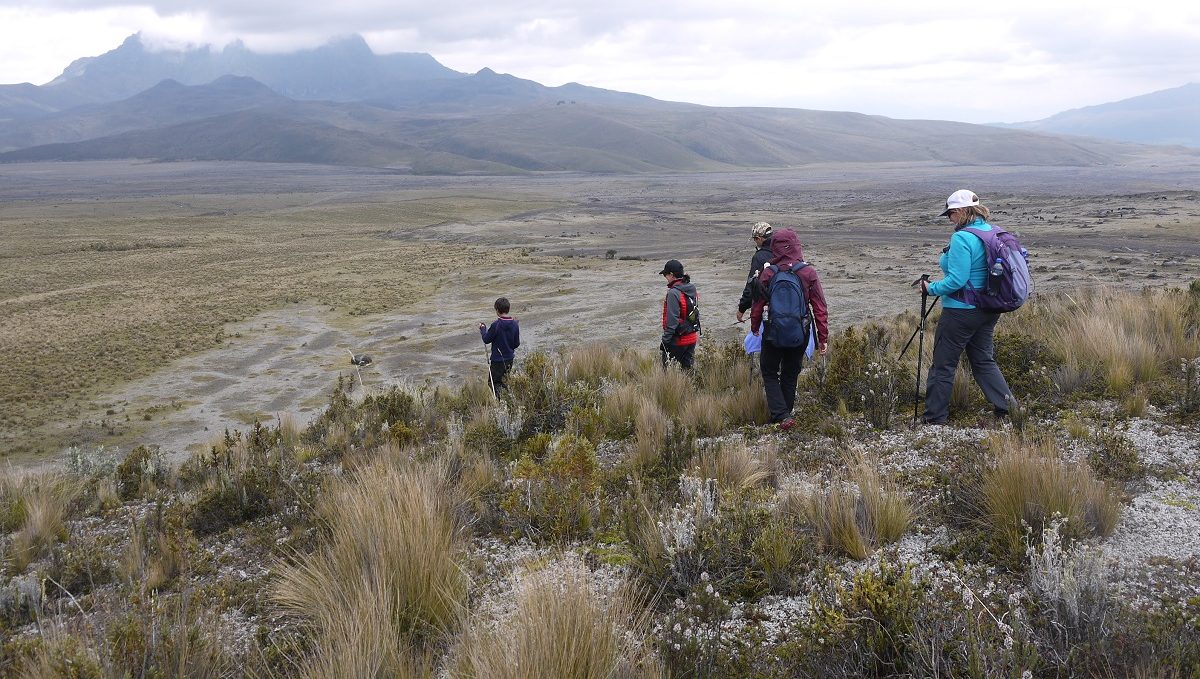
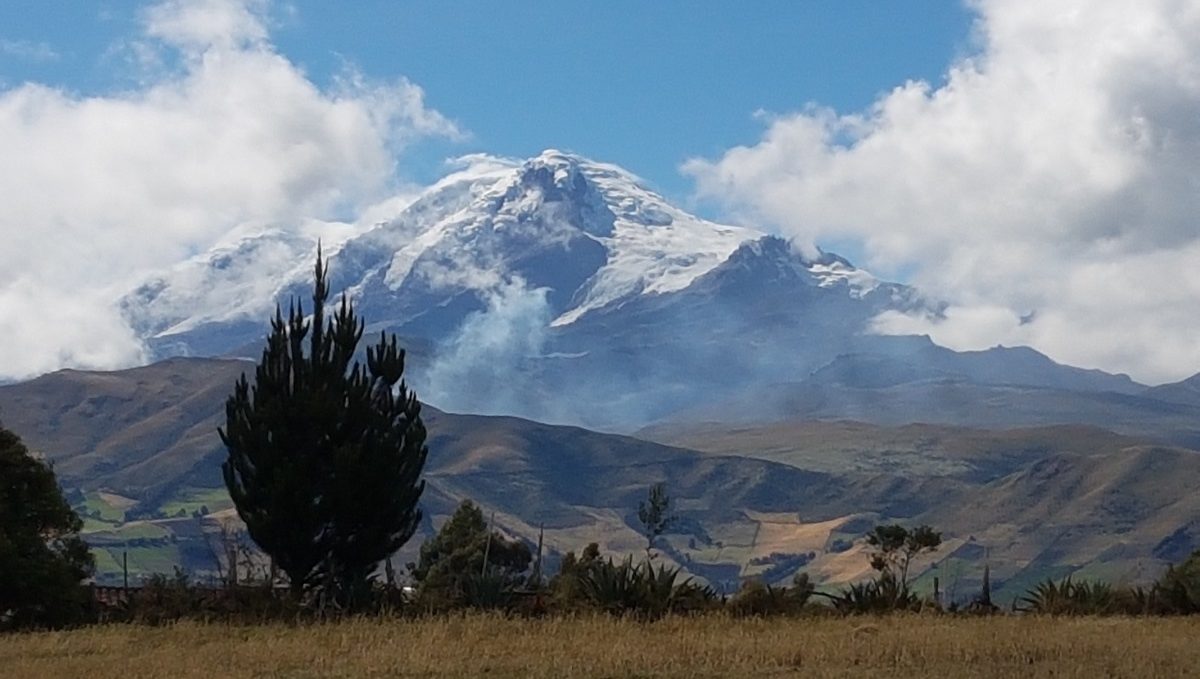
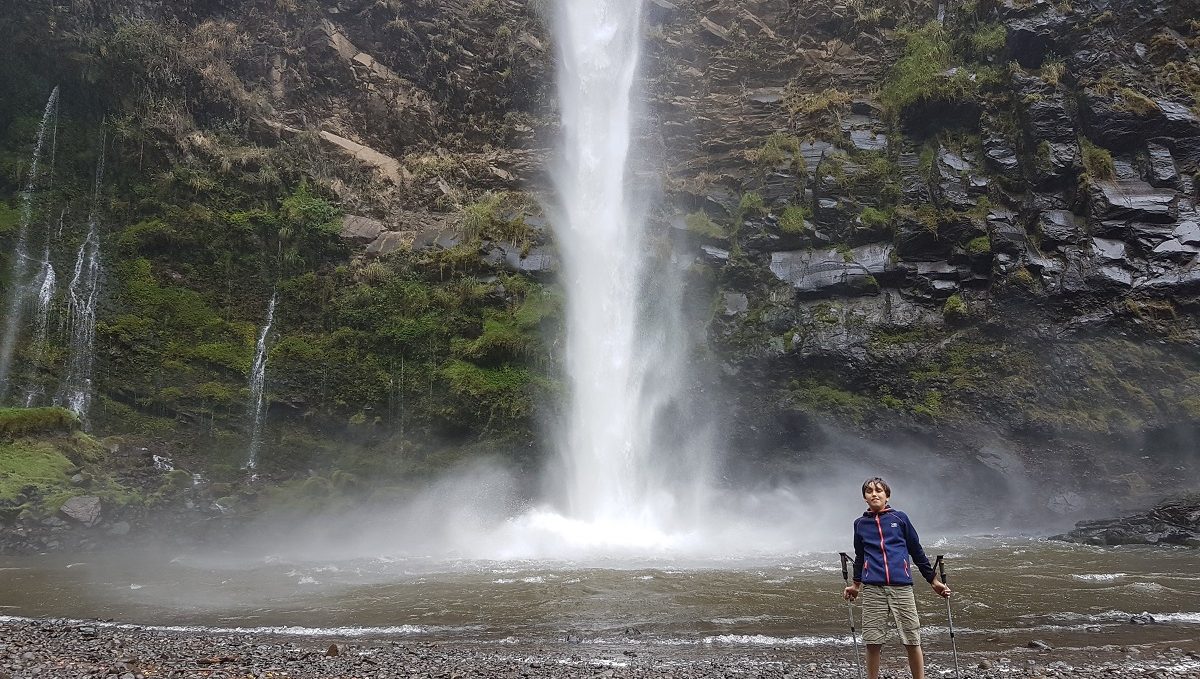
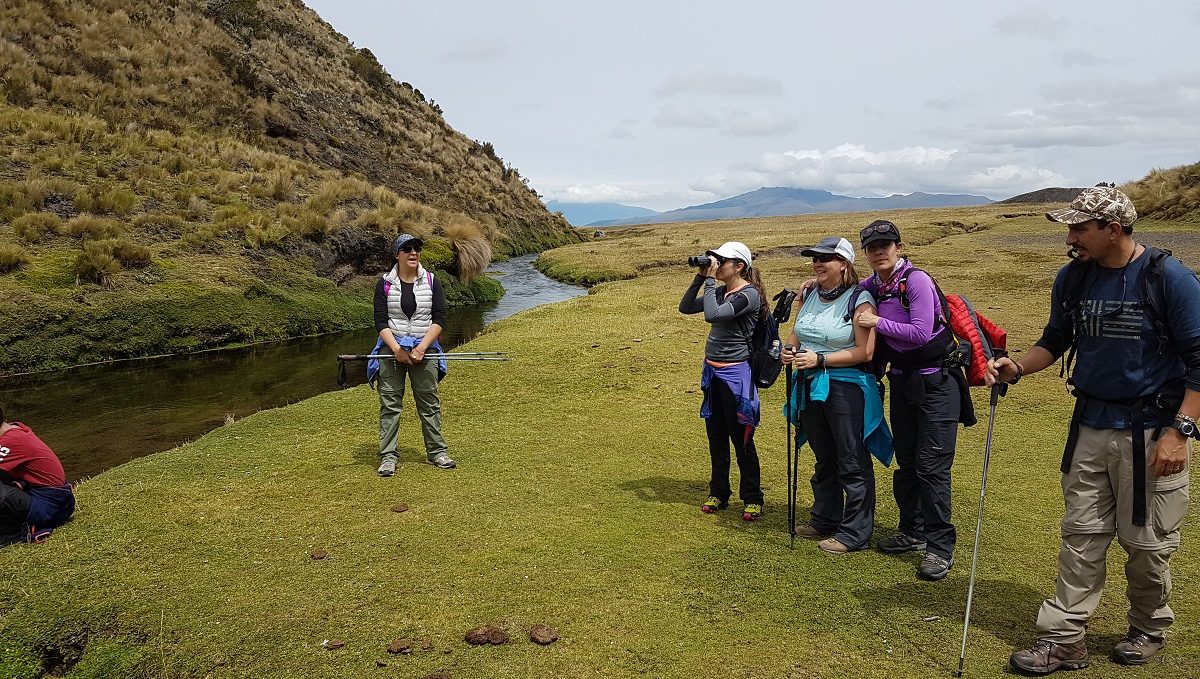
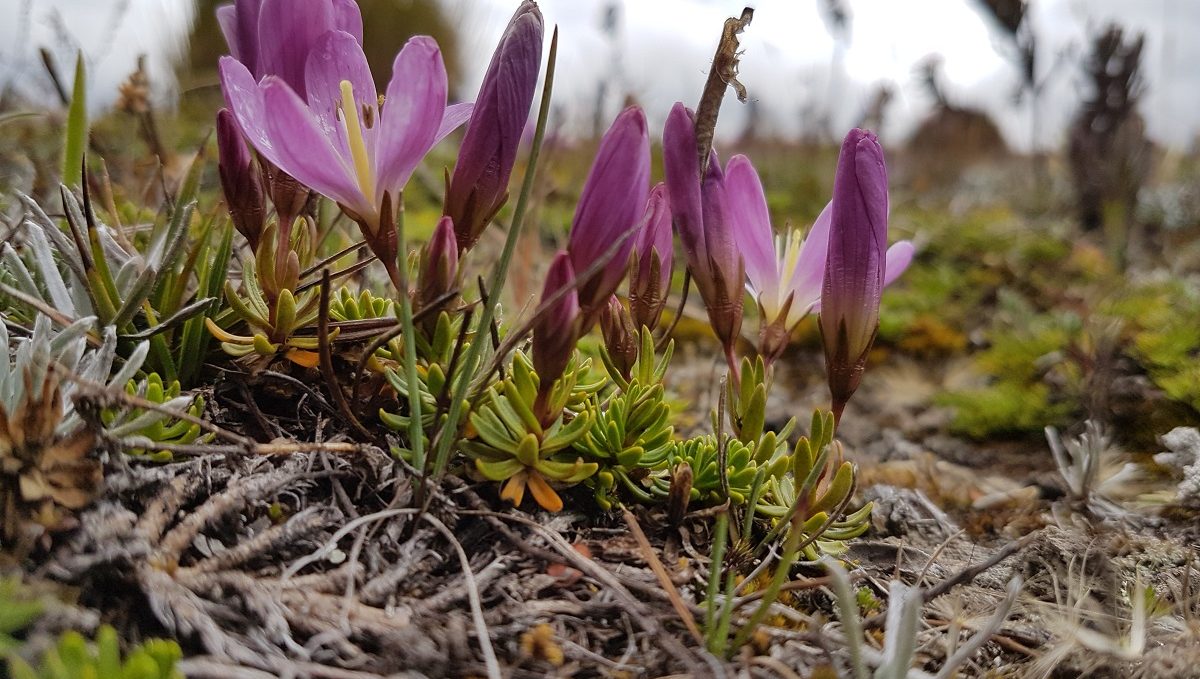

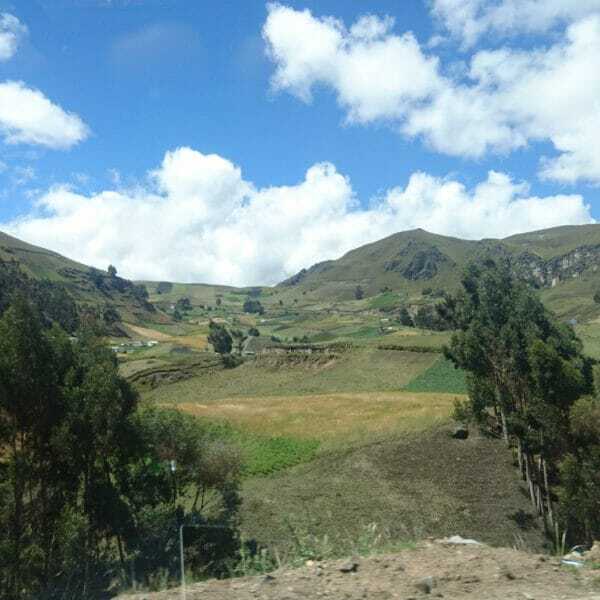
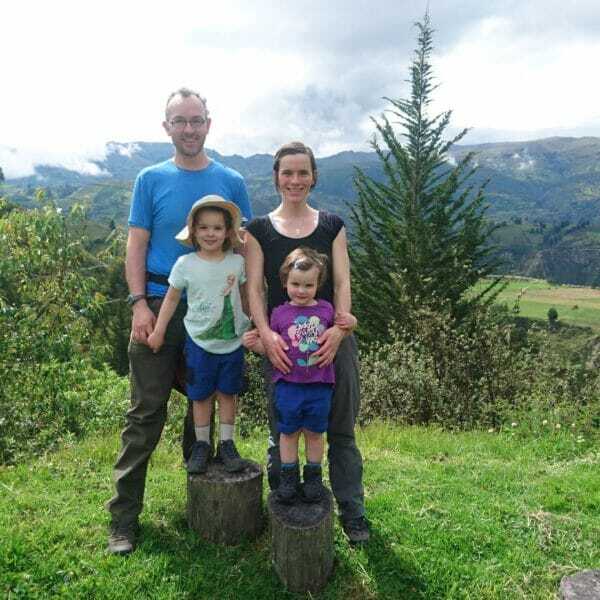
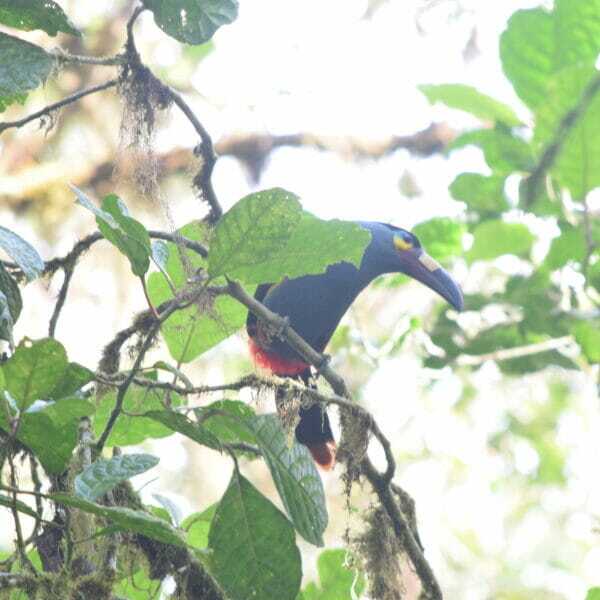
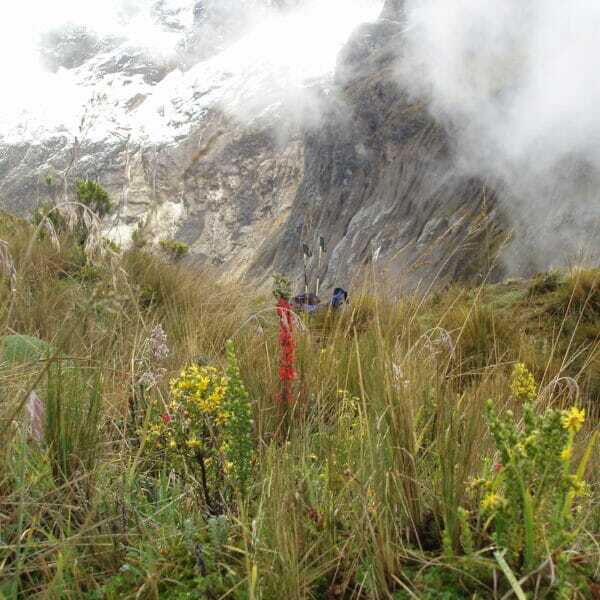
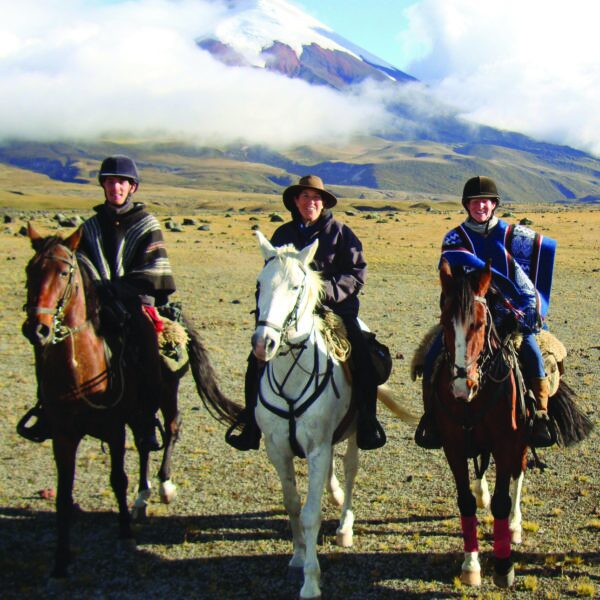
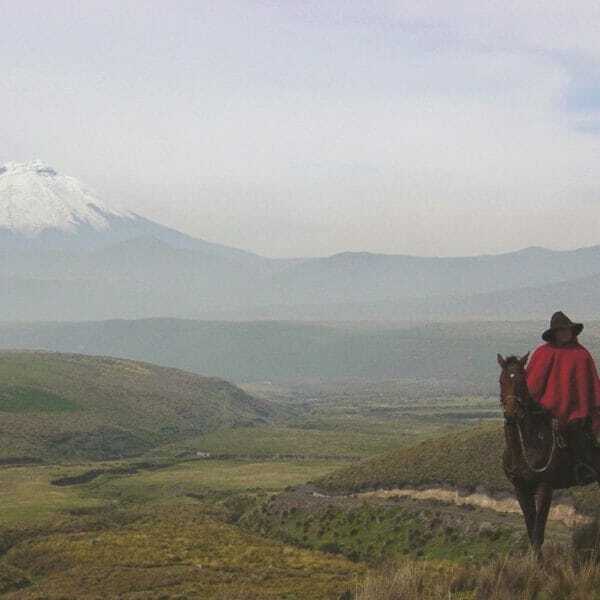
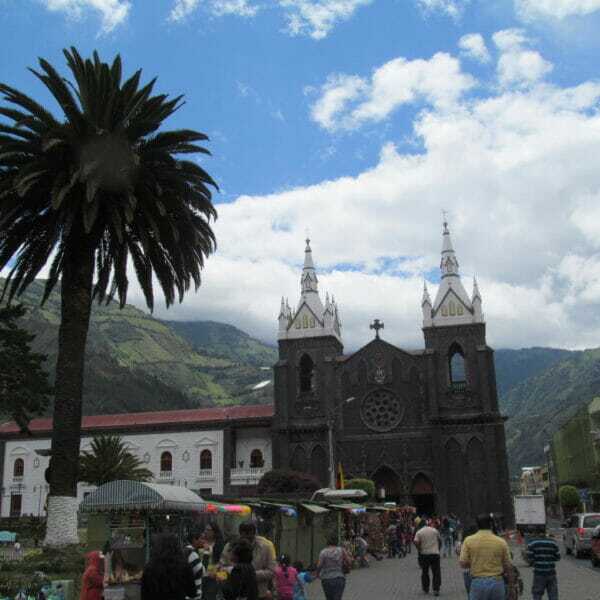
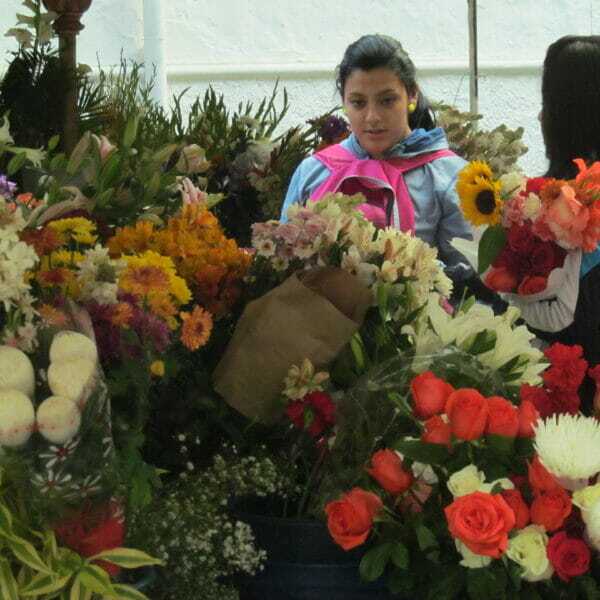
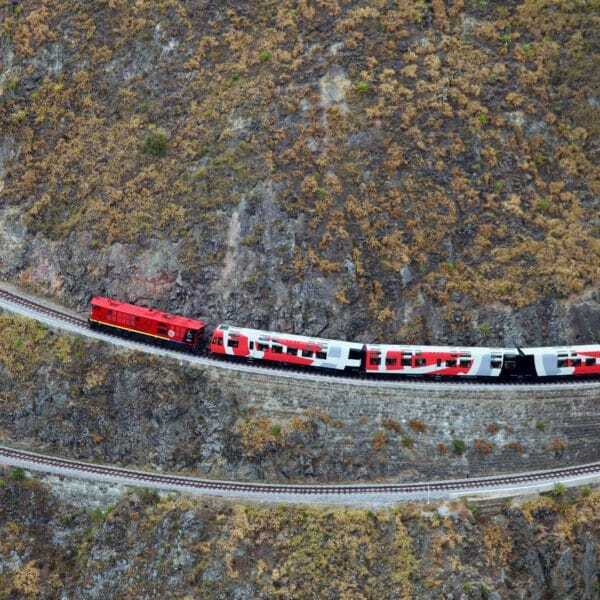
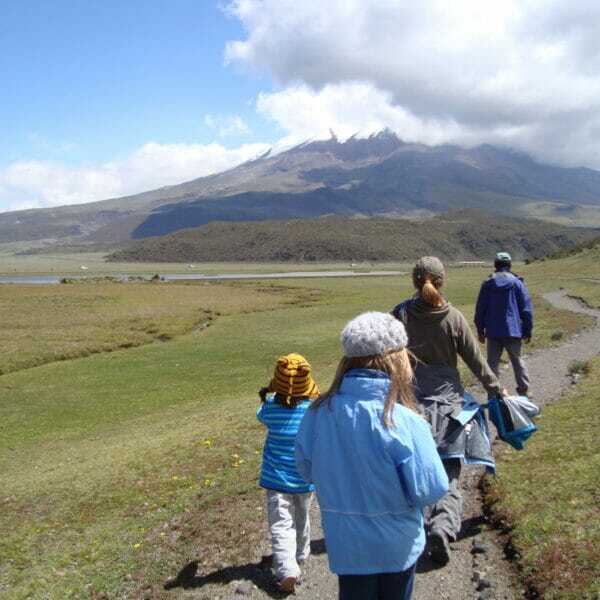
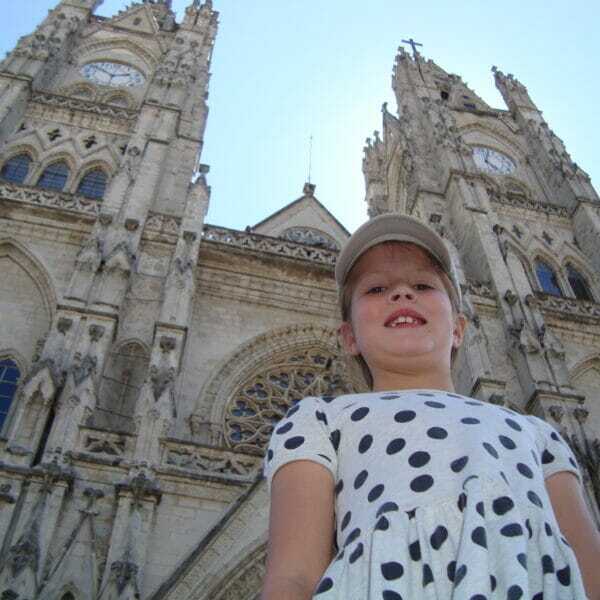
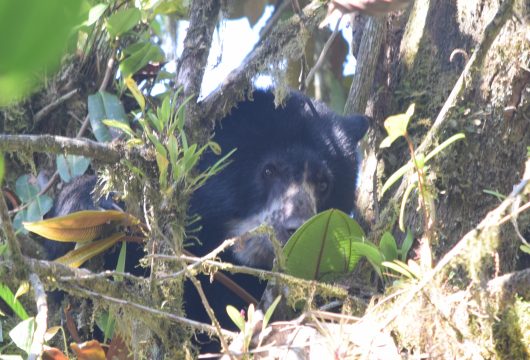
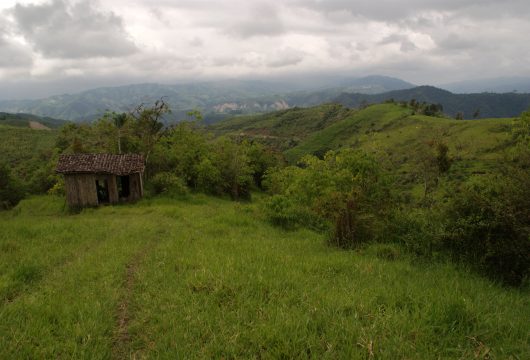
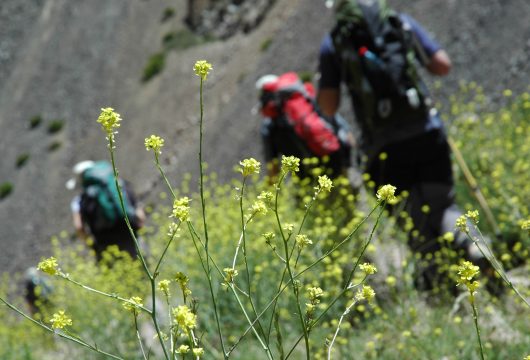
 a Group Tour
a Group Tour  a Tailor Made Tour
a Tailor Made Tour 